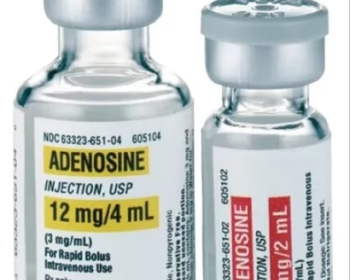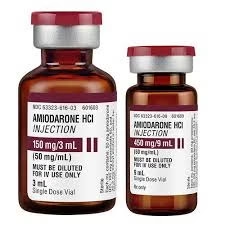Category: Drugs
A-C
D-F
Bupivacaine
Bupivacaine, marketed under the brand name Marcaine among others, is a long-acting, potent local anesthetic from the amide class. It is a cornerstone of regional anesthesia and pain management, valued for its duration of action but respected for its narrow therapeutic index and potential for severe cardiotoxicity.
Adenosine
Amiodarone
Acetaminophen (Paracetamol)
Atropine
Adrenaline (Epinephrine)
Nitrous Oxide
Nitrous oxide (N₂O) is frequently encountered in today’s clinical practice. This colorless, non-flammable gas has a fascinating history and remains one of the oldest anesthetic agents still in use today. It was first synthesized by English chemist Joseph Priestley in 1772, though he didn’t recognize its potential medical applications.
Propofol
If there’s one drug you need to know inside and out, it’s this one – Propofol. It’s in every OR, every GI lab, and every ICU. It’s elegant, fast, and powerful. But with great power comes great responsibility (and significant hypotension).
Xenon: The Noble Anesthetic Agent
Xenon is an anesthetic agent that stands out for its unique properties. This noble gas has gained attention in recent years as an ideal anesthetic with remarkable pharmacological properties.
A-C
D-F
Bupivacaine
Bupivacaine, marketed under the brand name Marcaine among others, is a long-acting, potent local anesthetic from the amide class. It is a cornerstone of regional anesthesia and pain management, valued for its duration of action but respected for its narrow therapeutic index and potential for severe cardiotoxicity.
Adenosine
Amiodarone
Acetaminophen (Paracetamol)
Atropine
Adrenaline (Epinephrine)
Nitrous Oxide
Nitrous oxide (N₂O) is frequently encountered in today’s clinical practice. This colorless, non-flammable gas has a fascinating history and remains one of the oldest anesthetic agents still in use today. It was first synthesized by English chemist Joseph Priestley in 1772, though he didn’t recognize its potential medical applications.
Propofol
If there’s one drug you need to know inside and out, it’s this one – Propofol. It’s in every OR, every GI lab, and every ICU. It’s elegant, fast, and powerful. But with great power comes great responsibility (and significant hypotension).
Xenon: The Noble Anesthetic Agent
Xenon is an anesthetic agent that stands out for its unique properties. This noble gas has gained attention in recent years as an ideal anesthetic with remarkable pharmacological properties.








